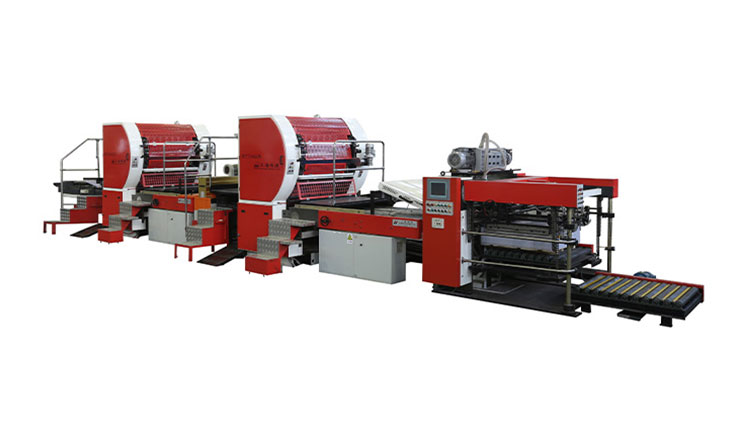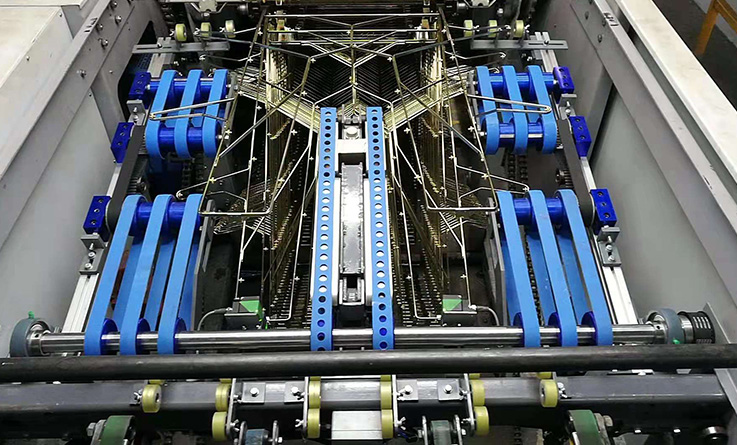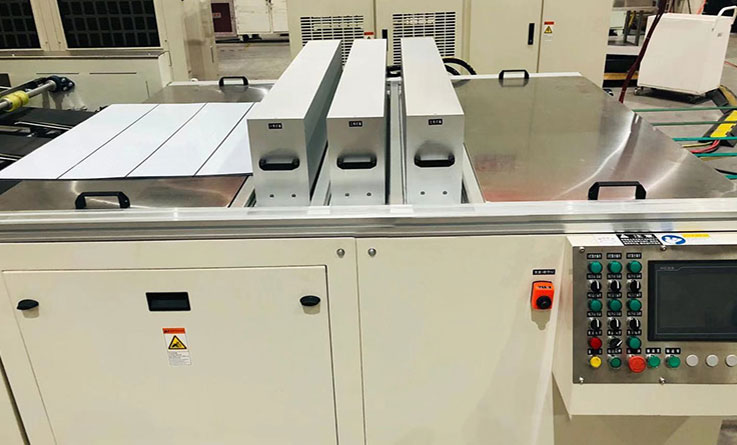Printing contrast is the most important index for evaluating the quality of printed matter. And it is the ratio of the difference between the solid density and the line density to the solid density. Generally, the dot solid density with a dot area of 75% is selected.
It mainly presents in the level of printed matter. The higher the printing contrast, the wider the level of printed matter will be, and the greater the visual impact will be. On the contrary, the printed matter will become unstructured, spiritless, and color cast, giving people a bad impression.
1. The quality of the original affects the printing contrast of tinplate printing
The influence of the original quality for the K value is mainly reflected in the linearity of the printing film and the quality of the film development. The film linearity refers to the consistency between the actual number of dots on the pattern of the film and the number of dots required by the pattern itself, which can be tested by standard step-wedge.
If the linearity is not correct, the product cannot correspond to the original pattern. Therefore, the data of the K value of tinplate printing will not have any guiding significance.
The quality of film development is mainly the influence of the development quality for the dot quality during the process of film output. And insufficient development will cause the edge of the dot to be unclear.
2. The printing quality affects the printing contrast of tinplate printing
Printing quality of the automatic offset printing machine mainly impacts on quality control of K value during exposure and development. Excessive exposure and development will lead to the loss of dots, resulting in increasing K value, and some layers of bright tone (low dots) are not delicate enough.
Insufficient exposure and development will lead to the high dots having no hierarchy, the K value of tinplate printing will become smaller, and the dark-tone parts will have a poor sense of hierarchy. The quality of the printing can be accurately judged by the printing control strip.
3. Ink suitability affects the printing contrast of tinplate printing
The influence of ink suitability on the K value is mainly due to the emulsification performance of the ink. Excessive emulsification will lead to the accumulation of ink on the ink path and the water path, which will cause the tinting to reduce the K value.
Insufficient emulsification will deteriorate the transferability of the ink, and the ink cannot be uniformly transferred to the substrate, resulting in an unstable K value of tinplate printing.
The emulsification performance of the ink is mainly affected by the quality of the ink itself, which is related to the binder and additives of the ink, and the adaptability of different inks varies greatly.
4. The printing pressure affects the printing contrast of tinplate printing
The influence of printing pressure on K value is mainly reflected in two aspects: ink transfer and dot quality.
The printing pressure includes the pressure between the ink rollers on the ink path, the pressure between the ink roller and the printing plate, the water pressure, the pressure between the printing plate and the blanket, and the pressure between the blanket cylinder and the impression cylinder.
5. White cotin hue affects the printing contrast of tinplate printing
The difference in the white cotin hue will have a greater impact on the K value of one or two of the colors. The reddish cotin has a greater impact on the K value of red ink, and the K value data of red ink will drop more. However, the impact on the printing contrast of other colors of the tinplate printing machine is relatively small. The reason is that we believe that the red color of the cotin is equivalent to laying the bottom red. When the overall red reaches the required density, the density of the red ink is not reached.
6. The fountain solution affects the printing contrast of tinplate printing
The PH value of the fountain solution has a great influence on the ink transfer of offset printing and is a necessary condition for the formation of an inorganic salt layer in the blank part.
The effect of alcohol in the fountain solution on the K value is no less than the effect of the PH value on the K value of tinplate printing. As we all know, the main function of alcohol in printing is to reduce the tension of water on the surface and reduce the temperature of the ink roller.
7. The blanket affects the printing contrast of tinplate printing
Blankets are lithographic (offset) ink transfer intermediates. During metal offset printing machine printing, the blanket is in contact with the ink in the graphic part of the printing plate and also in contact with the water in the blank part of the printing plate.
In order to obtain the ideal K value of tinplate printing for the printed matter, it depends to a large extent on the performance of the blanket. If these performance indicators of the blanket are not good, the formed dots cannot be printed, which directly affects the K value of the product.
8. The temperature and humidity of the environment affect the printing contrast of tinplate printing
When the temperature of the printing workshop increases, the viscosity of the ink decreases, and the fluidity increases. At the same time, the dry vegetable oil separates more free fatty acids, causing the hydrophilic capacity of the blank part to decrease, and the ink in the graphic part to spread outward, resulting in abnormal expansion of dots and decline of K value.
When the humidity in the printing workshop is unstable, the operators cannot correctly control the water volume of the printing plate, which leads to the unstable water volume of the printing plate of the tinplate printing machine. Thus it will cause the color difference of the printed products and other defects, and the K value of the printed products will also change irregularly.

 English
English français
français Deutsch
Deutsch Español
Español italiano
italiano русский
русский العربية
العربية tiếng việt
tiếng việt Türkçe
Türkçe فارسی
فارسی magyar
magyar Ελλάδα
Ελλάδα Burmese
Burmese


